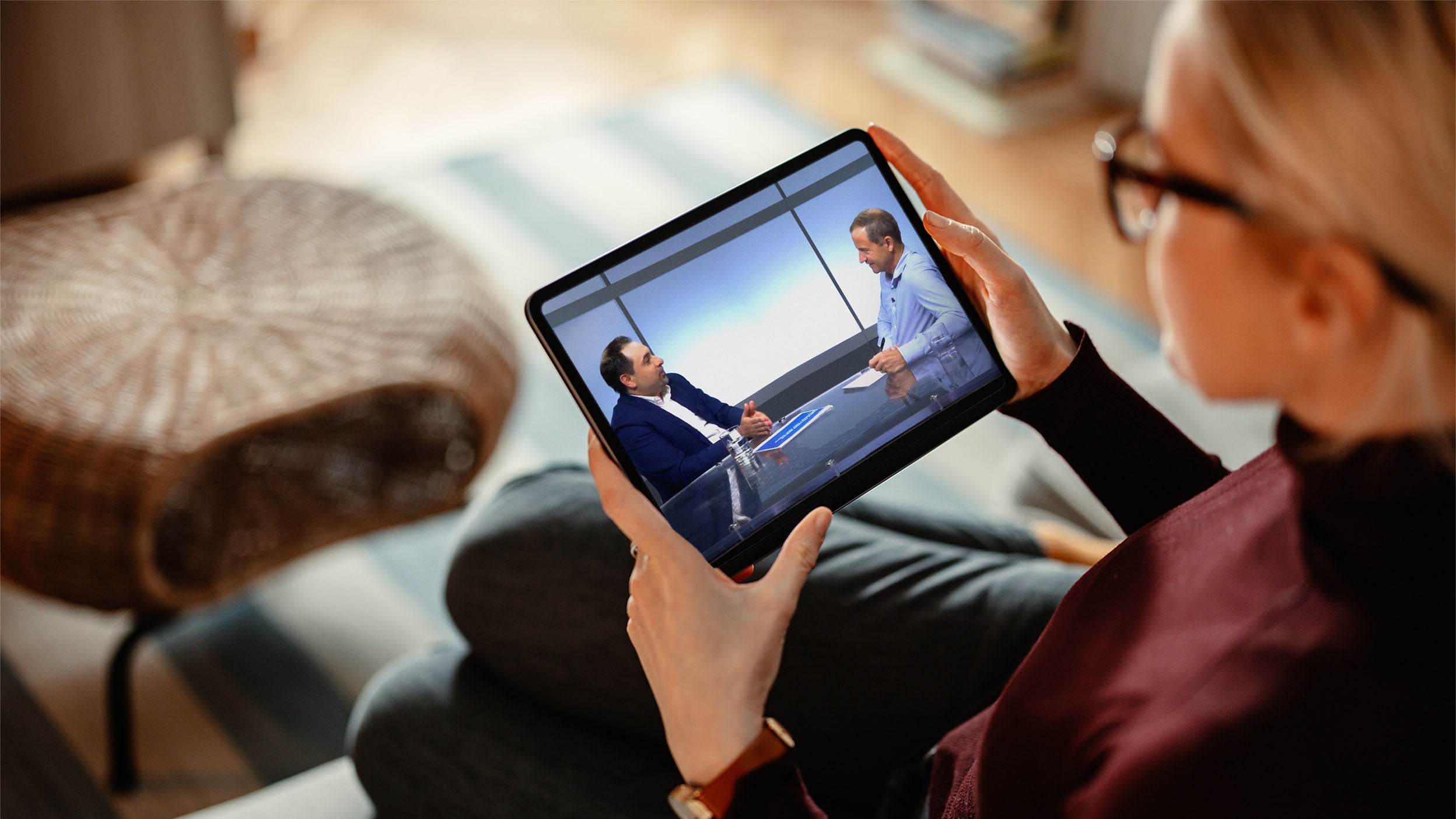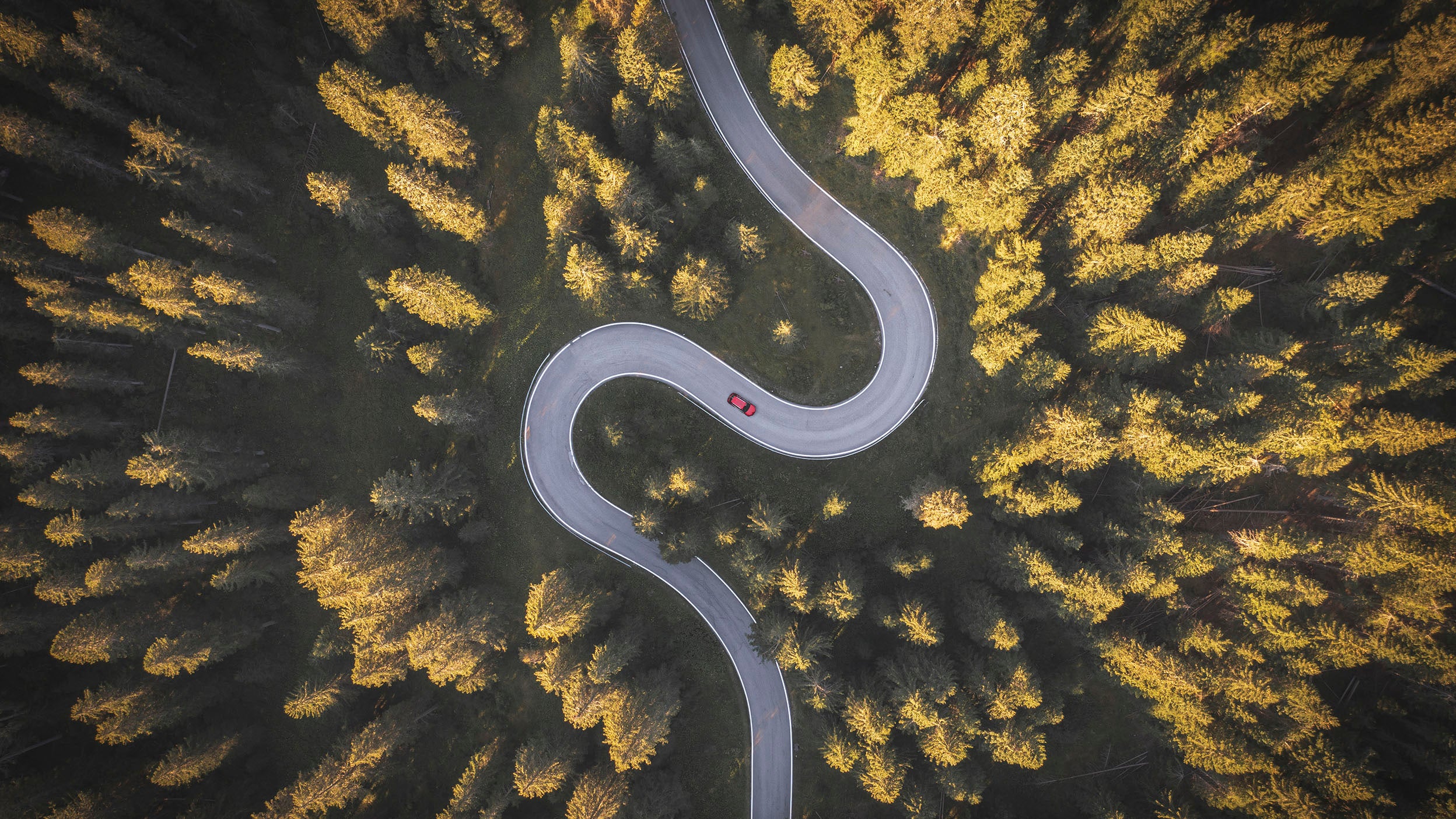
ETF Navigate uncertainty with low-volatility factor
With high concentration, heightened volatility, and growing downside risk, a low volatility strategy can help navigate these market challenges.

Public equities remain one of the largest allocations and key contributors to both risk and return in institutional and private wealth portfolios.
The preference for active versus passive investment strategies evolves with time, yet investors are consistent in their focus on performance, price, and risk when determining where to allocate capital.
Invesco Dynamic Multifactor offers a disciplined, rules-based approach to active return, seeking to address the changing preferences of investors in today's complex investment landscape.
Mo Haghbin, Head of Invesco Solutions, was recently interviewed by Ted Seides on the Capital Allocators podcast, a leading podcast for institutional allocators with roughly 53,000 listeners and 100,000 weekly downloads.
Key discussion topics included:
TED: I'd love to ask you about different trends you're seeing.
MO:. So within equities, I think one of the things that is really interesting, and part of the reason we went down this path of creating the dynamic strategies. Is for a long time the trend was there's no alpha here. So let me just index it. Lowest cost possible.
And it's really convenient right. It makes life a lot easier. There's zero risk of getting fired right. Match the benchmark I think what we're seeing, especially on the institutional side, is a desire to rethink that. Is a desire to be cost conscious. Absolutely, but not necessarily give up all expectations of excess return. So equities I think are going through a little bit of a revival.
They're going through a little bit of a renaissance where clients are starting to rethink that allocation. They're willing to take risk there again. And for a long time I had not seen that. I'd seen, you know, basically a cost mitigation exercise.
TED: So if you take equities, an example that you mentioned value valuation, you could think of the basic factor assessment quality size. What are the levers that you guys like to pull within. Just say your equities portfolio.
MO: this is where we have spent a lot of time over the last few years taking asset allocation frameworks and applying them within an asset class. We, like everyone else, noticed that it was increasingly difficult to add value to drive alpha within parts of the equity portfolio. So think large cap U.S equities very difficult to add excess returns.
But it was harder to generate returns beyond the broad-based indices. And we developed something that I think is quite innovative. We started out thinking about asset allocation decisions. We use a regime-based framework. So we want to understand economic growth and changes in economic growth, in the sensitivity of asset classes to those changes. So what are cyclical assets or what are countercyclical assets.
And then we said, okay, what if we just took that same framework and applied it within equities. Are there factors or sectors that also behave that way. And what we found is the answer is yes. Right. So things like size and value tend to be more pro cyclical. Things like quality and low volatility tend to be countercyclical or more defensive.
And are we able to actually systematically harvest those style preferences using a business cycle framework. And in 2017 we partnered with FTSE Russell. We created a suite of indices. And we started allocating based on historically rewarded factors during stages of the business cycle. So think recovery, expansion slowdowns and contractions. How should we overweight or underweight factors to get potentially the best possible outcome in the shorter period.
We know over the long term, structurally allocating to factors are rewarded. But most CIOs, most people sitting in portfolio management seats don't have 20 years. They have to also generate returns over three-, five-, seven- and ten-year horizons to keep their jobs. So we felt like it was very important to kind of think about equities a slightly different way. And we've been quite successful.
TED: How do you get from looking at the set of factors to making the decision about where you want to bring your client portfolios?
MO: We take all the emotion out of it. That's the first step. We aren't waking up every day and saying, how do we feel about the market? we build models. So we have a model for leading economic indicator, basically trying to understand through the data whether the economy is growing above or below its long term trend. We also have a model for risk appetite. This basically measures, in aggregate, what capital market participants are experiencing as they move out on the risk curve.
Those two models combined tell us a little bit about how we should position across the factors set. So if leading economic indicators suggest that the economy is growing above its long term trend and risk appetite is accelerating, that's a pretty healthy environment for risk assets. That's an expansionary environment. And we're going to favor, as I mentioned, small and mid-cap stocks and maybe momentum because, you know, there's a clear trend with growth.
Conversely, if our leading economic indicators are showing that growth is below trend and decelerating, that's generally a sign of a contraction. So we would then get more defensive in the portfolio. We would increase the weight to higher quality larger companies, lower volatility companies. All of that is systematically done. There is no discretion per se. The discretion is how we build the models, how we think about the world. But then as we implement the portfolio, we try to remove the emotion. We try to remove the day-to-day biases.
All investing involves risk, including the risk of loss.
This information is intended for Institutional Investors that are US residents.
This should not be considered a recommendation to purchase any investment product. This does not constitute a recommendation of any investment strategy for a particular investor. Investors should consult a financial professional before making any investment decisions if they are uncertain whether an investment is suitable for them. Please obtain and review all financial material carefully before investing.
Asset allocation and diversification do not guarantee a profit or eliminate the risk of loss. This material is not intended to provide, and should not be relied on, for tax advice.
The opinions expressed are those of the presenter(s), are based on current market conditions and are subject to change without notice. These opinions may differ from those of other Invesco investment professionals.
All information as of April 29, 2024, in USD, unless stated otherwise.
Invesco and FTSE Russell are not affiliated entities.
Capital Allocators and Invesco are not in any way affiliated.
The Invesco Solutions (IS) team is part of Invesco Advisers, Inc. (IAI), an investment adviser that provides investment advisory services and does not sell securities.
Invesco Advisers, Inc. is an investment adviser; it provides investment advisory services to individual and institutional clients and does not sell securities.
Invesco Advisers, Inc. is an indirect wholly owned subsidiary of Invesco Ltd.
©2024 Invesco All rights reserved.
NA3576050

With high concentration, heightened volatility, and growing downside risk, a low volatility strategy can help navigate these market challenges.

Many international markets are undervalued compared to the US market, presenting the potential for higher returns.

We’re maintaining our defensive portfolio positioning in April, still favoring bonds and low volatility and quality US stocks.
Important information
NA3623260
This information is intended for Institutional Investors that are US residents.
All material presented is compiled from sources believed to be reliable and current, but accuracy cannot be guaranteed. This is not to be construed as an offer to buy or sell any financial instruments and should not be relied upon as the sole factor in an investment making decision. As with all investments there are associated inherent risks. This should not be considered a recommendation to purchase any investment product. This does not constitute a recommendation of any investment strategy for a particular investor. Investors should consult a financial professional before making any investment decisions if they are uncertain whether an investment is suitable for them. Please obtain and review all financial material carefully before investing.
Institutional Separate Accounts and Separately Managed Accounts are offered by Invesco Advisers, Inc. and other affiliated investment advisers, which provide investment advisory services and do not sell securities.
Certain other vehicles mentioned are not offered by Invesco Advisers, Inc. and are available via other affiliated entities which, like Invesco Advisers, Inc., are indirect, wholly owned subsidiaries of Invesco Ltd.
This link takes you to a site not affiliated with Invesco. The site is for informational purposes only. Invesco does not guarantee nor take any responsibility for any of the content.